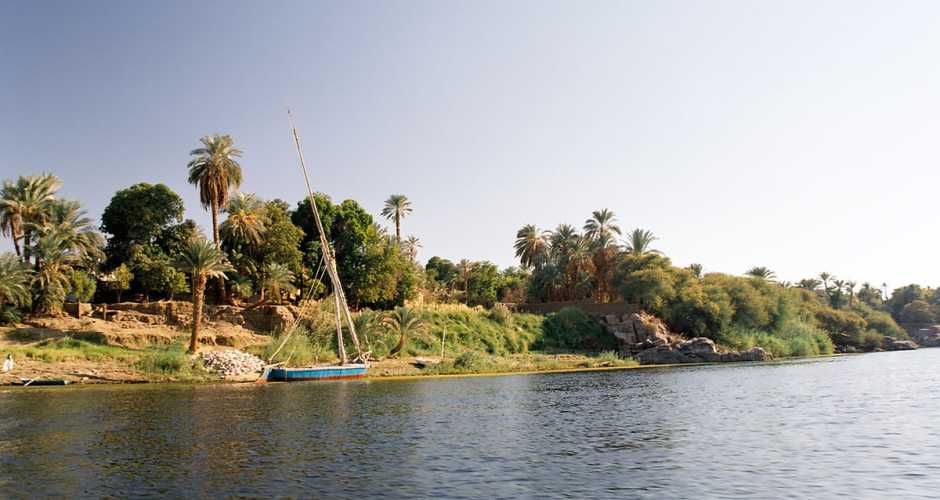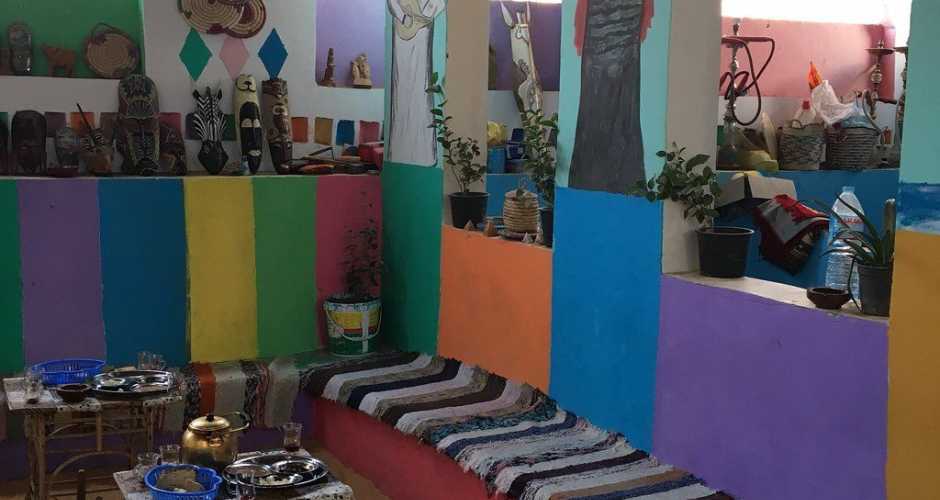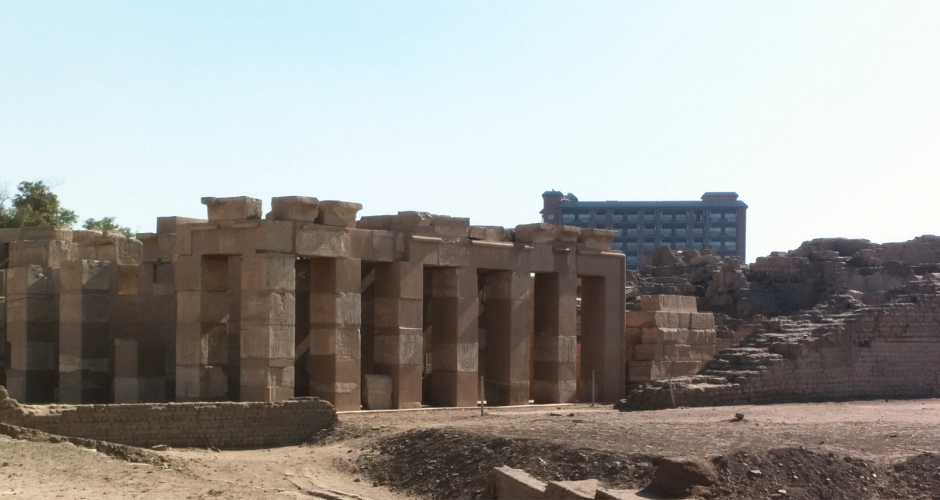- Home
-
Day tours
- Day tours
-
Marsa alam tours
-
Hurghada tours
-
El Quseir Tours
-
Makadi bay
-
Cairo Tours
- Cairo Tours
- Top Things in Cairo
- Siwa tours from Cairo
- Cairo Culture Tours
- Alexandria trips from Cairo
- Nile Cruises From Cairo
- Night Dinner Cruises in Cairo
- Sound and Light show Excursion
- Fayoum trips from Cairo
- Luxor Tours From Cairo
- white desert trips from Cairo
- Al Minya tours from Cairo
- Cairo Travel Packages
- Cairo Desert and Safari tours
- Aswan tours From Cairo
- Cairo Taxi Transfers
-
Luxor Tours
-
Portghalib tours
-
Sharm el Sheikh
-
El Gouna Tours
-
Aswan Tours
-
Sahl Hasheesh Tours
-
Soma Bay tours
- Safaga Tours
-
Airport Transfer
-
Tour Packages
- Tour Packages
-
Egypt Travel Packages
- Egypt Travel Packages
- Egypt Itinerary 4 Days
- Egypt Itinerary 5 Days
- Egypt Itinerary 6 Days
- Egypt itineraries 7 Days
- Egypt itineraries 8 Days
- Egypt Itinerary 9 Days
- Egypt Itineraries 10 Days
- Egypt Itinerary 11 Days
- Egypt Itineraries 12 Days
- Egypt Itineraries 13 Days
- Egypt Itineraries 14 Days
- Egypt Itineraries 15 Days
- Egypt Itineraries 16 Days
- Egypt Itineraries 17 Days
- Egypt Itineraries 18 Days
- Egypt Itineraries 19 Days
- Egypt Itineraries 20 Days
- Egypt Itineraries 21 Days
- Top Egypt Vacation Packages
- Egypt Cruises Packages
- Egypt Christmas Holidays
- Hurghada Holiday Packages
- Marsa Alam holidays packages
- Marsa Alam tour Packages
- Egypt Walking Holidays
-
Shore Excursions
- Egypt Nile Cruises
-
Egypt Attractions
- Egypt Attractions
-
Top Attractions In Luxor
-
Top attractions in Bahariya
-
Top Attractions In Fayoum
-
Top Attractions In Siwa
-
Top attractions in Sakkara
-
Top Attractions In Giza
-
Top Attractions In Aswan
-
Top Attractions In Alexandria
-
Top Attractions In Cairo
-
Attractions in Damietta
-
Top Attractions In Hurghada
-
Top Attractions in El Quseir
- Top attractions in Marsa Alam
- Top attractions in Al Minya
- Top attractions in El Gouna
- Top attractions in Sharm
- Contact us
-
Egypt Travel Guide
- Egypt Travel Guide
- Egypt tours Faq
- Egypt Itinerary 7 Days
- Best Tours in Marsa Alam
- Egypt Itinerary 8 Days
- Travel to siwa from Cairo
- Plan your trip to Egypt
- Is Egypt Safe to Visit
- Egypt Itinerary Planner
- The Best Winter Destinations
- Egypt Tour Packages guide
- The best Nile Cruises in Egypt
- Tips For visiting the Pyramid
- Foods You Need to Eat In Egypt
- The 10 Best Marsa Alam Tours
- Payment Policy
- White desert Tour packages
Elephantine Island
Elephantine Island (Ar. Gazirat al-Aswan) lies in midstream opposite the modem town of Aswan.It is 2 km long and 500 m at its widest.There are two villages on the island which are independent of the mainland city. Two ferries serve the island, one from just North of theCataract Hotel to the S end of the island, the other from the Philae Hotel to the N end. Museum and resthouse near the Temple of Khnum. (Fee for visiting island and-museum.)

On this island was the ancient city of Abu, Gk Elephantine, the circular site of which is at the Southern end of the island. It is at present under investigation by a West German archaeological expedition. Prehistoric remains attest to the length of occupation of the island as do predynastic rock-carvings. The island was considered to be the home of Hapy, the Nile god, although the provincial god of the region was the ram-headed Khnum, Lord of the Cataract. Later there was a Jewish settlement here and many Aramaic papyri have been found. Traces of ancient quay walls can be seen on the East side of the island, near where the South ferry docks. Just North of this is the Nilomeler, discovered in 1822 and reused in the 1870s. It had been constructed during the Roman period on the site of an earlier one. The walls and steps are of sandstone and it was originally roofed with granite. The marble slabs denote its use in the 19C.

Siou and Koti villages lie between the ruins in the south and the Mövenpick Resort, which fills the northern end of the island. A north–south path crosses the middle of the island and links the two villages. Close to the wall separating the Mövenpick Resort from Siou village, facing Kitchener’s Island, is Baaba Dool, a gorgeous painted Nubian house, where the owner Mustapha serves tea, sells Nubian handicrafts and can arrange live music and dancing performed by local women. The roof terrace is the perfect place to watch the sunset on the west bank, with a multitude of birds flying around the island opposite. Also in the villages is Animalia, a charming Nubian museum.

The Temples of Elephantine Island
The Temple of Thutmose III and Amenhotep III were once stood in the sites of the Elephantine Island, but these were destroyed once Muhammad Ali took control over Egypt and enforced the Muslim religion over its lands. The first temple built on the island was the Temple of Satet around 3000 BC; the temple went under renovations and modifications over the next 3000 years. Records show the existence of an Egyptian temple of Khunum on the Third Dynasty, which temple was completely rebuilt during the Thirtieth Dynasty of Egypt just before the Greco-Roman period.

The Nilometer
Another famous attraction for tourists visiting the Elephantine Island is the Nilometer. It was originally built to measure the Nile’s water levels and clarity during the annual flood season. Two nilometers are located on the elephantine island; the most popular one is a corridor nilometer which is associated with the Temple of Satis being one of the oldest nilometers in Egypt.